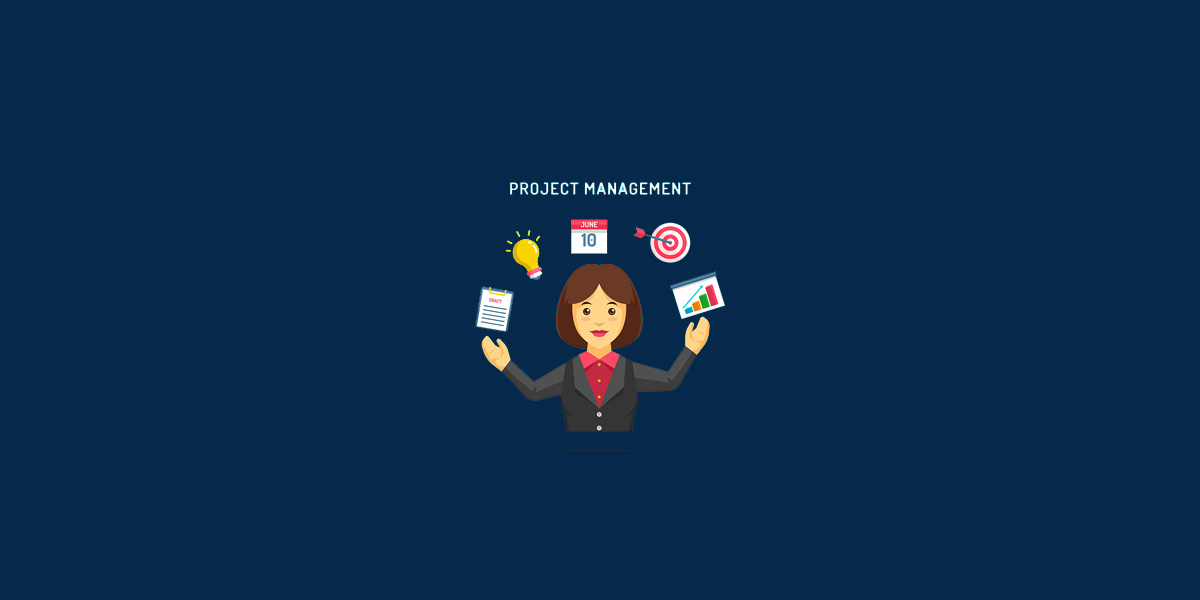Optimize Your Learning: Discovering Style with Skill Assessments

In the same way some people prefer tea over coffee or early mornings over late nights, each person has their own learning style preferences. If you have ever wondered why certain training sessions feel easy and others feel like walking through wet cement, you are not alone. Your brain, like your taste buds, has preferences.
Understanding how someone learns best is not a guessing game. With the right tools, such as skill assessments focused on learning styles, you can help your team, students or job candidates get the most from training. Whether you are a Human Resources professional, a Learning and Development specialist, or even a career advisor, this is not just about ticking a box. It is about choosing optimal methods that bring out the best in each learner.
What Are Learning Style Preferences?
Think of learning styles like roadmaps. Some people prefer straight highways with bullet points and lists (visual learners). Others enjoy winding backroads where stories and spoken words make the journey stick (auditory learners). Some just want to jump into the driver’s seat and learn by doing (kinesthetic learners).
Learning style preferences describe the way a person best absorbs, processes, and remembers information. These preferences are not rigid, but they do play a big part in effective learning.
Why Learning Styles Matter in the Workplace
Let us say you are running a training session on safety procedures. One team member thrives on printed manuals. Another zones out unless there is a group discussion. Someone else only gets it once they physically walk through the task. Delivering one-size-fits-all training wastes time and frustrates your people.
Knowing each person’s preferred learning style means:
- Less confusion
- Better knowledge retention
- More confident application of skills
This is not just good practice. It is smart business. In Australia’s increasingly skills-focused job market, personalised education can be the edge that turns average performance into excellent results.
How Skill Assessments Identify Learning Styles
You might be wondering: “Do I really need a formal assessment to figure this out?”
The short answer? Yes, if you want accuracy.
RefHub offers skill assessments designed to uncover these learning preferences without needing a crystal ball. The process is straightforward and evidence-based. You answer questions, and the results provide insights into how you process information most effectively.
These assessments are not tests. There are no wrong answers. They are more like mirrors that help you see what is already there.
By using these tools, you can identify whether someone learns best through:
- Visual inputs like charts, graphs, diagrams
- Auditory inputs like lectures, discussions, podcasts
- Kinesthetic methods like hands-on tasks, demonstrations
For organisations across Australia, this means tailoring onboarding, upskilling and performance reviews in ways that speak to the learner—not past them.
Learn more about the RefHub Assessments.
Who Should Use Learning Style Assessments?
Learning style assessments are not just for students or recent graduates. They have a place across various industries and roles.
Here is how different groups can benefit:
Human Resources Professionals and Hiring Managers
Avoid mismatched training programs. When you understand how a candidate learns, you can support their transition more effectively.
Department Heads and Team Leaders
Train your teams in ways that match their strengths. That leads to fewer repeat explanations, fewer errors, and more confidence on the job.
Learning and Development Specialists
Design training content that lands. No more wasted hours on training that no one remembers.
Job Seekers and Career Counselors
Present yourself with confidence. Know your learning style and be ready to speak about it in interviews or resumes. It tells employers that you know how to grow.
Educators and Trainers
Even in adult education, the old saying rings true: different strokes for different folks. Build courses that reach everyone in the room.
The Australian Workforce and the Push for Personalised Learning
Australia is shifting. Skill gaps, digital change, and new job requirements mean people need to keep learning throughout their careers. The catch? Not everyone learns the same way.
A cook in Melbourne might prefer watching recipe videos. A nurse in Perth may do better with printed step-by-step guides. A construction apprentice in Brisbane could need physical walkthroughs.
When training is built around these preferences, it is not just easier. It sticks. That is what makes learning style assessments so practical. They give you the map to the best route—not the scenic one, not the hard one, just the right one for you.
How to Get Started with RefHub
Getting started is as easy as opening your laptop. RefHub’s platform lets you access assessments directly, track results, and use them to support your learning or development strategy.
If you are responsible for workforce training or personal development, this is a tool you want in your kit.
Visit the RefHub Assessments Page to see how it works.
Benefits of Learning Style-Based Skill Assessments
Let us break it down:
- Better Engagement: When people learn in ways that suit them, they tune in.
- Faster Skill Uptake: Training clicks faster when the method fits the learner.
- Improved Retention: Learners remember what they learn—because it made sense to them.
- More Productive Training Sessions: Less time re-explaining. More time applying
- Stronger Career Progression: Employees and job seekers who know how they learn best can chart smarter paths.
A Few Misconceptions (And Why They Miss the Mark)
"Everyone should adapt to the same method."
That is like asking everyone to wear the same shoe size. It does not work, and it leaves people limping.
"Learning styles are just a trend."
Actually, they have been studied for decades. While some theories have changed, the core idea—that people process information differently—holds strong.
"It takes too much time to personalise learning."
Not when you use a tool like RefHub. The data is already there. It just needs to be used wisely.
Tips to Support Different Learning Styles
Even without a complete overhaul of your training system, small changes can make a big difference.
- Add visual aids to written documents
- Offer recorded audio versions of training material
- Give opportunities for hands-on practice
- Allow learners to discuss and reflect in groups
- Mix up content formats—some videos, some reading, some real-life practice
These adjustments help everyone feel seen—and heard.
Ready to Discover How You Learn Best?
If you want learning that sticks—not just passes through—understanding your learning style preferences is the first step. Whether you are building a stronger team, supporting new hires, or charting your own path, RefHub can guide you in choosing effective learning methods that match your needs.
Visit RefHub Assessments to get started.
Let learning work with you, not against you.




